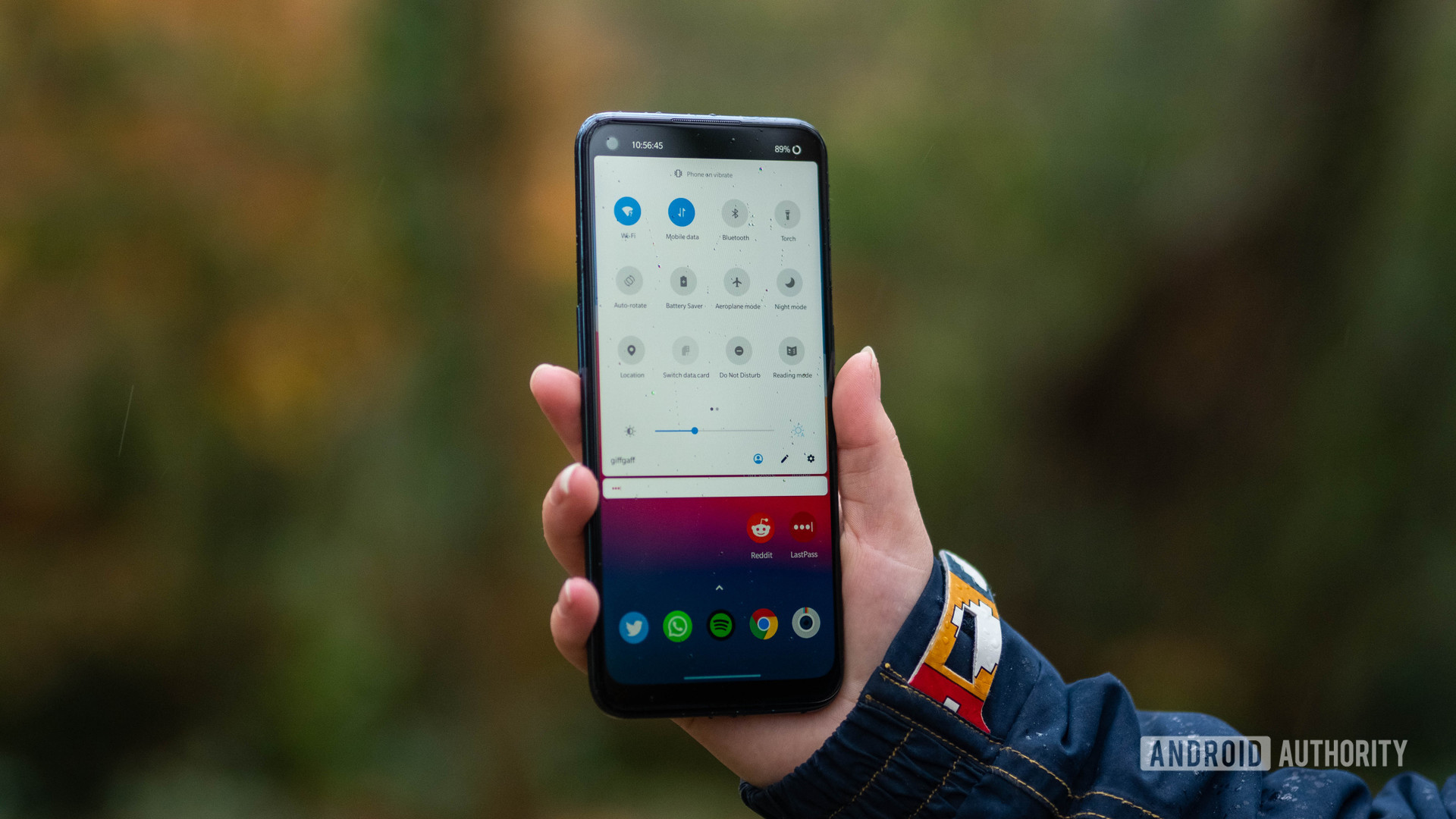Affiliate links on Android Authority may earn us a commission. Learn more.
Android settings will now be your one-stop shop for Google One backups
July 21, 2021

- Google just announced that Android backup features of Backup by Google One will appear in Android’s settings pages.
- This will keep all your backup info in one spot and make it clear where everything is going.
- You still don’t need to be a paid subscriber to Google One. You will need to stay under the 15GB limit, though.
On any modern Android device, Google is automatically backing up your essential data. You can easily see this in Android settings. You’ll see controls for app data, messages (SMS only), and your call history. It also backs up specific device preferences, including Wi-Fi passwords, wallpapers, display brightness settings, and more.
However, other phone backups aren’t controlled via settings. For example, MMS messages, photos, and other media aren’t backed up there. Instead, Google One handles that.
It’s clear a more streamlined Android backup system would be nice, and that’s exactly what Google aims to achieve.
Related: Google One vs the competition
Announced today (via 9to5Google), Google is moving all backup information to Android settings. The new control panel will make it very clear where your backups are going (Google One). It also gives you more granular control over what gets backed up since everything is in one spot now.
Theoretically, if you leave all the toggles for your Android backup active, you should be able to switch from phone to phone with all your important data coming along for the ride.
To be clear, you do not need to be a Google One subscriber for this to work. Anyone with a Google account gets 15GB of free Google One storage, so your Android backup data applies to that quota.
This new system will land on all Android devices on Android 8.0 Oreo or later in the coming weeks.
Thank you for being part of our community. Read our Comment Policy before posting.